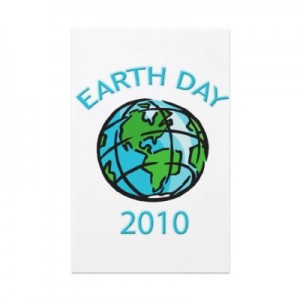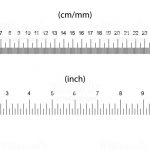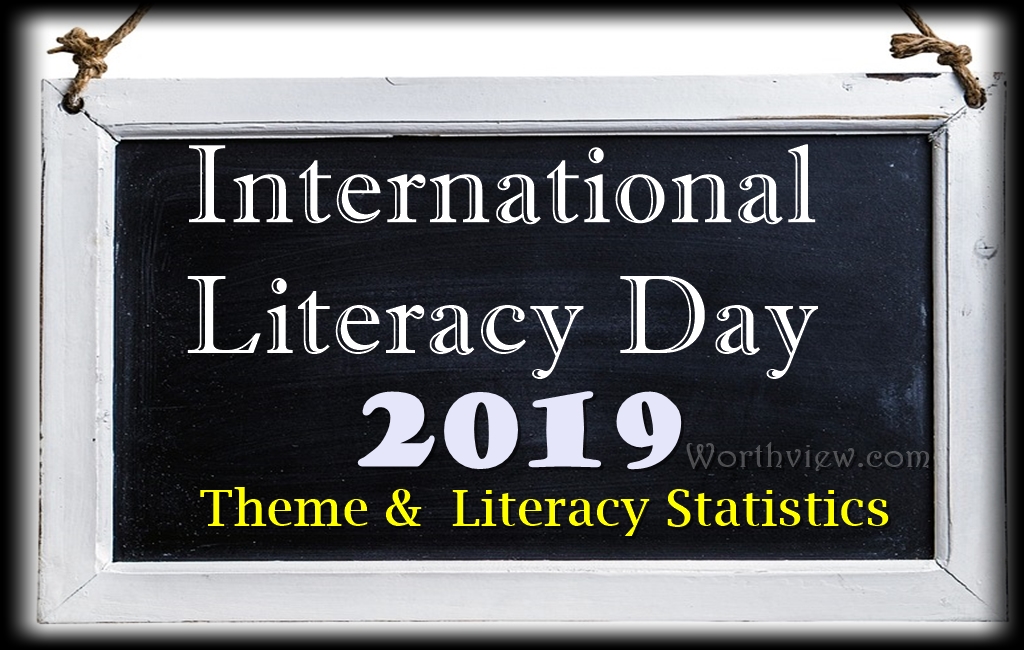Happy Earth day !

Earth day is not the day when earth was born,instead it is a day dedicated to inspire awareness and appreciation for the Earth’s environment. It was founded by U.S. Senator Gaylord Nelson as an environmental teach-in held on April 22, 1970.Earth Day is a day on which people are promoted to realize Mother Nature, learn about environmental issues affecting our planet and reflect on how we can be a part of global stewardship efforts. In current year 2010, Earth Day will celebrate its 40th anniversary.
Earth Day is celebrated in spring in the Northern Hemisphere and autumn in the Southern Hemisphere. Many communities celebrate Earth Week, an entire week of activities focused on environmental issues. The first Earth Week originated in Philadelphia in 1970 (starting April 16 and culminating on Earth Day, April 22.)
Earth Day 2010 can be a turning point to advance climate policy, energy efficiency, renewable energy and green jobs. Earth Day Network is galvanizing millions who make personal commitments to sustainability. Earth Day 2010 is a pivotal opportunity for individuals, corporations and governments to join together and create a global green economy. Join the more than one billion people in 190 countries that are taking action for Earth Day.
How to celebrate Earth Day?
There are many ways to celebrate Earth Day alone and with others.Here are some ways pointed by Letmeget blog.
- Plant trees which helps to reduce greenhouse gas emissions, cleans pollution, secures soil in place to prevent erosion, and provides homes for a lot of biodiversity.
- Teachers, professionals, students, in fact anyone who cares about the environment and is willing to teach others, can all provide environmental lessons for others. Everyone has environmental knowledge they can share with others.
- Leave your car at home and walk every chance you get. As you go along, pay attention to the life around you – birds, insects, trees, flowers, even the plants we call weeds.
- Wear a green and/or brown dress, environmental colors for the day.
- Join an environmental group. Nearly all the national organizations publish informative newsletters and magazines, offer discounted admission to parks and wildlife sanctuaries, and organize guided tours of natural places near and far.
- Rid litter from our roadways. Many groups use the weekend of Earth Day to clear roadways, highways and neighborhood streets of litter that has accumulated since the last clean-up day.
- Earth Day is a good time to make a commitment to learning more about the environment and how you can help to protect it. Borrow some library books and read up on an issue such as pollution, endangered species, water shortages, recycling, and climate change.
- Get together with your family and build a birdhouse or make a bird feeder to encourage the local bird population, which plays an important role in every ecosystem.
Here is an article on how earth day was born by Senator Gaylord Nelson, Founder of Earth Day
How the First Earth Day Came About
What was the purpose of Earth Day? How did it start? These are the questions I am most frequently asked.
Actually, the idea for Earth Day evolved over a period of seven years starting in 1962. For several years, it had been troubling me that the state of our environment was simply a non-issue in the politics of the country. Finally, in November 1962, an idea occurred to me that was, I thought, a virtual cinch to put the environment into the political “limelight” once and for all. The idea was to persuade President Kennedy to give visibility to this issue by going on a national conservation tour. I flew to Washington to discuss the proposal with Attorney General Robert Kennedy, who liked the idea. So did the President. The President began his five-day, eleven-state conservation tour in September 1963. For many reasons the tour did not succeed in putting the issue onto the national political agenda. However, it was the germ of the idea that ultimately flowered into Earth Day.
I continued to speak on environmental issues to a variety of audiences in some twenty-five states. All across the country, evidence of environmental degradation was appearing everywhere, and everyone noticed except the political establishment. The environmental issue simply was not to be found on the nation’s political agenda. The people were concerned, but the politicians were not.
After President Kennedy’s tour, I still hoped for some idea that would thrust the environment into the political mainstream. Six years would pass before the idea that became Earth Day occurred to me while on a conservation speaking tour out West in the summer of 1969. At the time, anti-Vietnam War demonstrations, called “teach-ins,” had spread to college campuses all across the nation. Suddenly, the idea occurred to me – why not organize a huge grassroots protest over what was happening to our environment?
I was satisfied that if we could tap into the environmental concerns of the general public and infuse the student anti-war energy into the environmental cause, we could generate a demonstration that would force this issue onto the political agenda. It was a big gamble, but worth a try.
At a conference in Seattle in September 1969, I announced that in the spring of 1970 there would be a nationwide grassroots demonstration on behalf of the environment and invited everyone to participate. The wire services carried the story from coast to coast. The response was electric. It took off like gangbusters. Telegrams, letters, and telephone inquiries poured in from all across the country. The American people finally had a forum to express its concern about what was happening to the land, rivers, lakes, and air – and they did so with spectacular exuberance. For the next four months, two members of my Senate staff, Linda Billings and John Heritage, managed Earth Day affairs out of my Senate office.
Five months before Earth Day, on Sunday, November 30, 1969, The New York Times carried a lengthy article by Gladwin Hill reporting on the astonishing proliferation of environmental events:
“Rising concern about the environmental crisis is sweeping the nation’s campuses with an intensity that may be on its way to eclipsing student discontent over the war in Vietnam…a national day of observance of environmental problems…is being planned for next spring…when a nationwide environmental ‘teach-in’…coordinated from the office of Senator Gaylord Nelson is planned….”
It was obvious that we were headed for a spectacular success on Earth Day. It was also obvious that grassroots activities had ballooned beyond the capacity of my U.S. Senate office staff to keep up with the telephone calls, paper work, inquiries, etc. In mid-January, three months before Earth Day, John Gardner, Founder of Common Cause, provided temporary space for a Washington, D.C. headquarters. I staffed the office with college students and selected Denis Hayes as coordinator of activities.
Earth Day worked because of the spontaneous response at the grassroots level. We had neither the time nor resources to organize 20 million demonstrators and the thousands of schools and local communities that participated. That was the remarkable thing about Earth Day. It organized itself.
Related Posts










